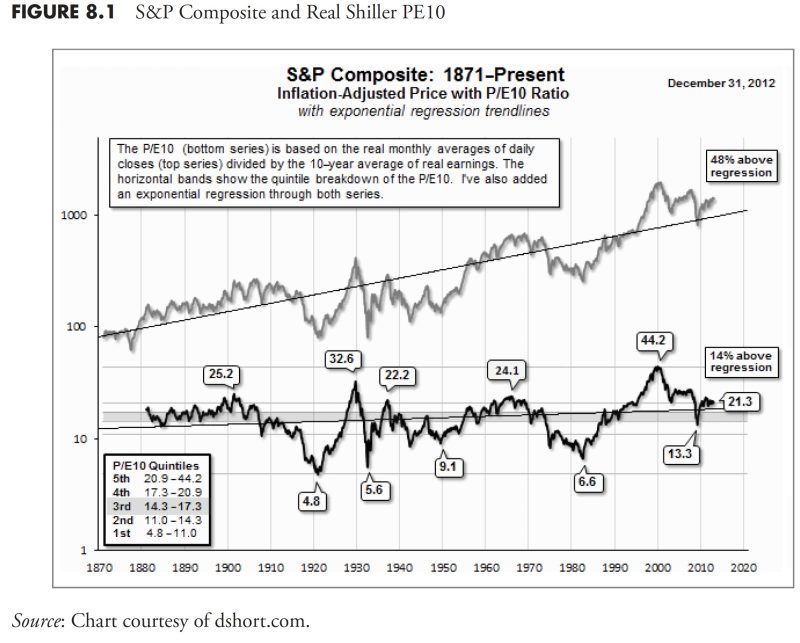Underlying Valuations
The world of modern finance heavily relies on valuations, which are essentially assessed worth of assets, whether they are stocks, bonds, or a physical asset like real estate. The standard methods of valuation, such as Discounted Cash Flow (DCF), Price/Earnings ratio (P/E), or Net Asset Value (NAV), are widely accepted in the financial world. However, it’s important to recognize that these valuation methods are not foolproof, and their reliability is highly dependent on the assumptions made during their computations.
The DCF method, for instance, relies on estimating the future cash flows of an asset and discounting them to their present value. This method can become problematic if the projected cash flows are overly optimistic, and this often results in inflated valuations. Similarly, the P/E ratio method becomes unreliable when a company’s earnings are inconsistent. A ratio that looks attractive on the surface may drastically change if the earnings turn out to be volatile or trend downwards.
Falsification of Returns
Returns, the gains or losses made on an investment over a certain period, shape decisions within the finance industry. Investments are primarily made based on expected returns and their associated risks. However, investors often fall for the hoax of exaggerated returns.
In the fast-paced, competitive world of finance, it is not uncommon for firms to manipulate data to draw the attention of potential investors. This risk-return manipulation extends to all types of asset classes, including bonds, stocks, real estate, and more. This hoax can be innocently veiled behind accounting procedures or sophisticated financial engineering.
Often, historical data of returns is used to extrapolate the future performance of the investment. However, this projection can mislead investors as past performance is never a guarantee of future behavior. Notably, during successfully manipulated financial markets, periods of economic boom can see inflated returns that serve to attract investors who are then left holding the losses when corrections or crashes occur.
Distributions and Their Disguises
The distribution of returns or dividends to investors is another area susceptible to manipulation and misinterpretation. A classic trick utilized by companies is forming a rosy picture by paying high dividends to their shareholders. By paying out large dividends, companies give an illusion of great performance and robust cash flows, whereas the underlying profitability of the business may be weak, or worse, non-existent.
Another strategy linked to distributions involves share buyback schemes. Here, a company buys back its own shares to reduce the number of outstanding shares, thereby increasing






























